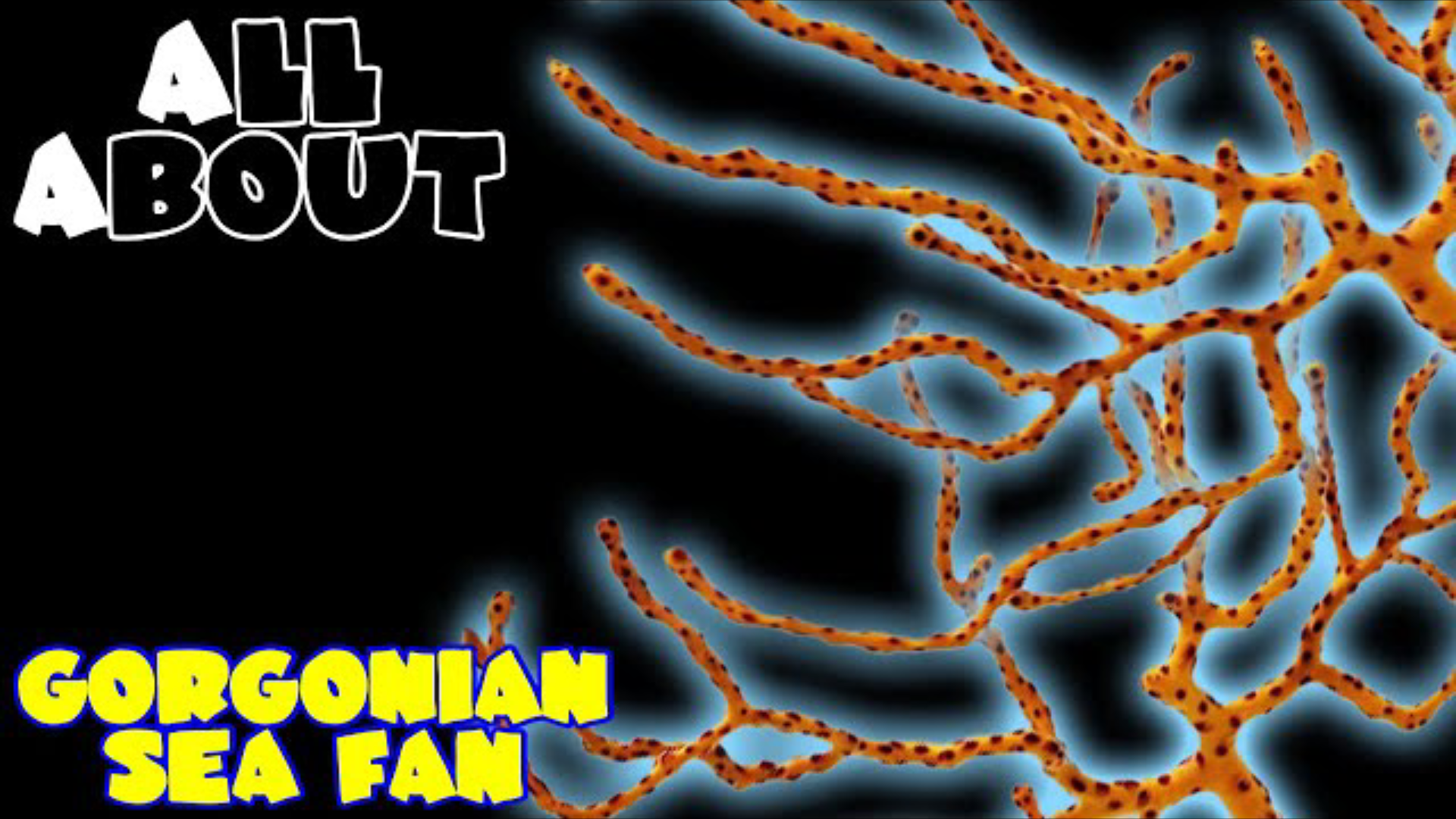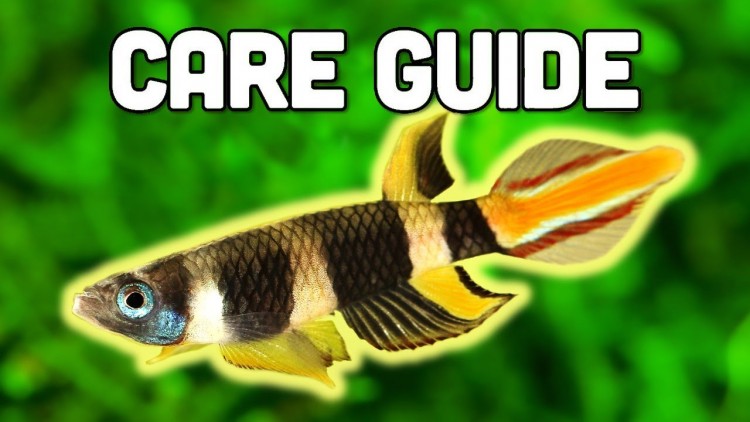Gorgonian Sea Fan/ Yellow Finger Gorgonian Sea Fan: care guide
- Sep 29, 2020
- Anshika Mishra
- 1471 0 0

THE GEORGIAN SEA FAN
This is the coral that is found all over the world, there is a ton of variety are these dazzling corals.
PRICE: With frags, they tend to be about $30-$40 for one stem, and then a lot of the fuller ones can be anywhere from $60-$80, and some of the crazy colors go for even more in the triple digits. The thing is their prices depend upon how big they are and the rare of the color makes the price go up.
CARE LEVEL: They are moderate to challenging, definitely tend to be an expert only times; especially for the more vibrant colors.
TEMPERATURE: You want to keep it 72-78.
dKH: 8-12
pH: 8.1-8.4
SALINITY: 1.020-1.025
COLORS: They come in tons of different colors, you will see a new color of them all the time. Oranges, yellows, purples, reds, tans, and most of the time the polyps that come out of them are white or blue.
For some of the more known colors like the purples and tans are a lot easier to take care of, and then for the crazier colors like the reds and yellows are a lot harder. So, a lot of time you can tell how easy is it to take care of them just by seeing the colors on them.
DIET: They are photosynthetic, zooplankton is a big part of their diet that they feed on. They are major filter feeders, they feed all throughout the day whenever those little sprouts come out you will know that they are eating. So, any type of food that you are feeding, just make sure it is definitely good for some filter-feeding corals.
ORIGIN: They are aquacultured and a lot of them come from the Caribbean and all around the world. Sea Fans are everywhere in the ocean. One of those is aquaculture is definitely going to be a lot more hardy, you cannot find very crazy colors on them but they are a lot easier to take care of.
VENOMOUS: NO, they are not gonna be stinging any of your corals but they can be easily stung by other corals, so make sure you put them in a spot where they can grow and spread and without running into any other corals. Because things like Mushroom and Anemone stinging them can really hurt them and they do not recover well.
PLACEMENT: They can be put anywhere from bottom to top of the tank and they all do well, most of the time people put them in the bottom though. They are a lot easier to anchor in the sand then trying to wedge them between the rocks.
CURRENT: They definitely need some strong current, they live all their life on filter-feeding so they love having a bunch of current punching on them, that way they are getting plenty of food running through them. So, till the time you have high current in your tank, it really doesn't matter where you put them in the tank.
TANK SIZE: It doesn't matter much but they tend to do really well in the old reef tank when it has already been established for several years because they do heavily feed on filter-feeding and whenever the tank is older, more stuff tends to float around that they can eat.
LIGHTING: It is definitely recommended to have medium to high lighting, tending more towards the higher side of it. Because in the wild they are found in more shallow like waters so light beams on them all the time. So, if you are nothing then not doing too well, now reason maybe there is not enough light on them.
ALGAE GROWTH
One main thing that is hard about taking care of these guys is they are known to grow algae on them. This happens a lot when the current is not strong on them and sometimes they just grow anyways and whenever the algae grow too much on them it can actually kill them very easily.
One of the best ways to keep it off them is by using a very soft brush with which you can softly scrub them off. You don't need to be rough just softly do this and the algae will go off them.
Some people try freshwater dipping on them, but it can actually be risky, it will definitely kill the algae but it would hurt them too. So, brushing should be your first option.
CAN GET IRRITATED BY TANGS
These corals can get irritated by Tangs. As they start to grow algae on them at times when the current is not blown hard enough on them, the Tangs will go around and pick on them because they see that algae and this can irritate them. So, if you witness your Tangs picking on them you definitely need to check it out.
HOW & WHERE DO THEY GET FOOTHOLD?
These corals do grow like Zegan and Crusty corals, they tend to grab the rock at the bottom and get a good foothold and then branch out everywhere and almost make like a little tree. They are very easy to frag, you just have to cut off a limb and they will do fine, but the hard part is to get them to stick. A lot of times people will glue them in rocks but their skin will slide off whenever they don't like what's touching them.
If you try to pinch them in between rocks a lot of time they will let go by leaving that piece of skin and then they will be floating around your tank, so you need to watch out for that. The best thing will be to put them in the sand, bury them and they will find a foothold in there.
Or if you have a little structure of rock where you can set up in the middle of it and that way they can encrust on the outside and then they can grow really happy. A lot of times people do have trouble with getting them to stick, but as long as you can get them there for long enough they will eventually grow out in the bottom keeping a hold of the rocks.
WHY ARE THEY CHALLENGING
The main reason that these Sea Fans can be so challenging is that they are filter-feeders and that lead tank to run out of nutrition a lot of times. They will feather away, they will just not last. So, you definitely have to keep up with your food in the tank so that it can continually filter-feed though out the week.
MAKE SURE
Make sure you are doing the stuff right so that he can keep eating and also with the algae growing on them. Most of the time the other fish that eat algae will see that as a snack and that will really irritate them. So, make sure if you need to brush that algae of and doing this will increase your chances of keeping these guys alive.







About author